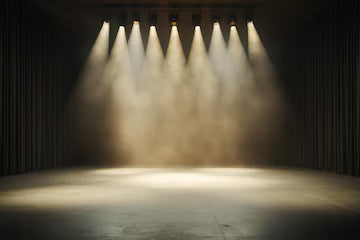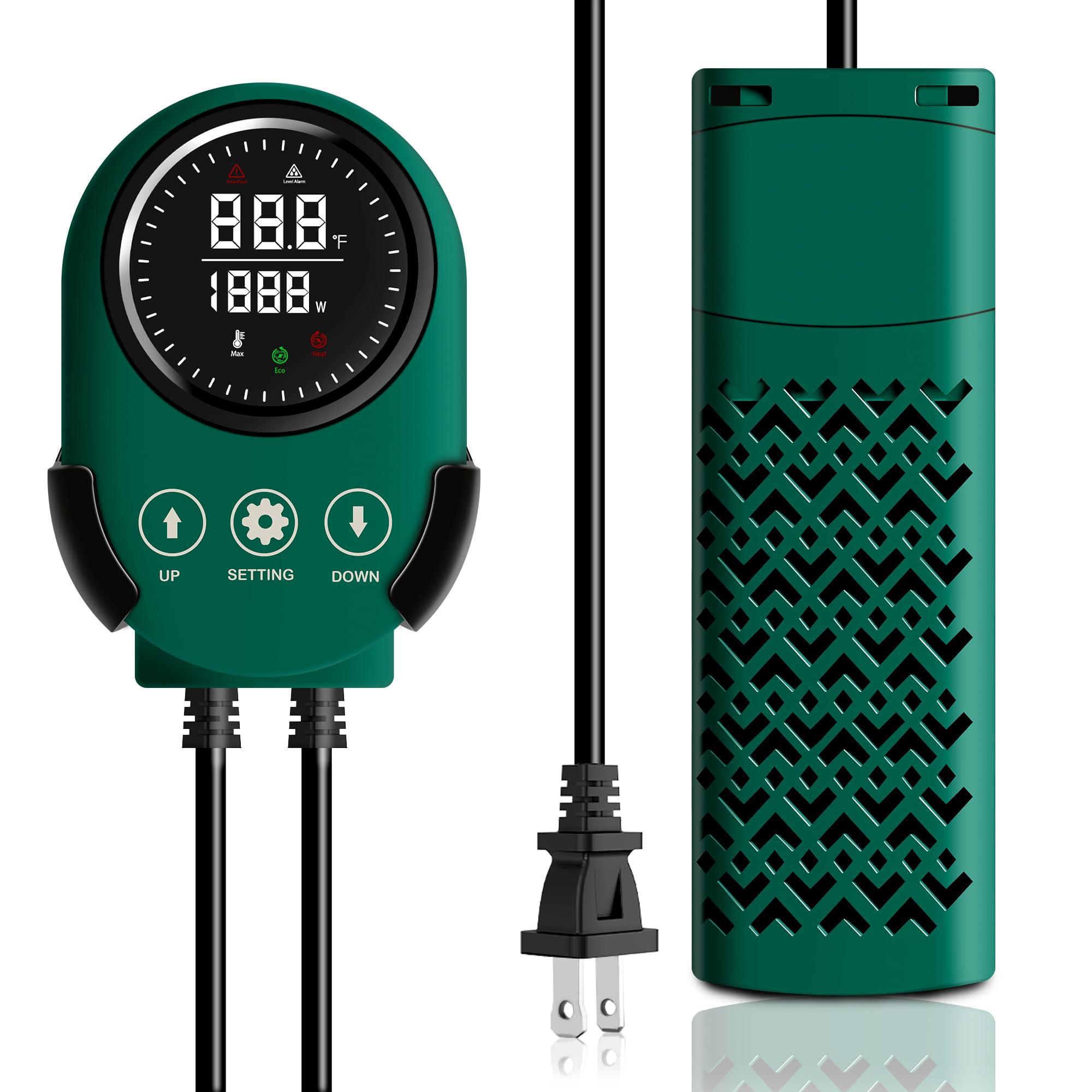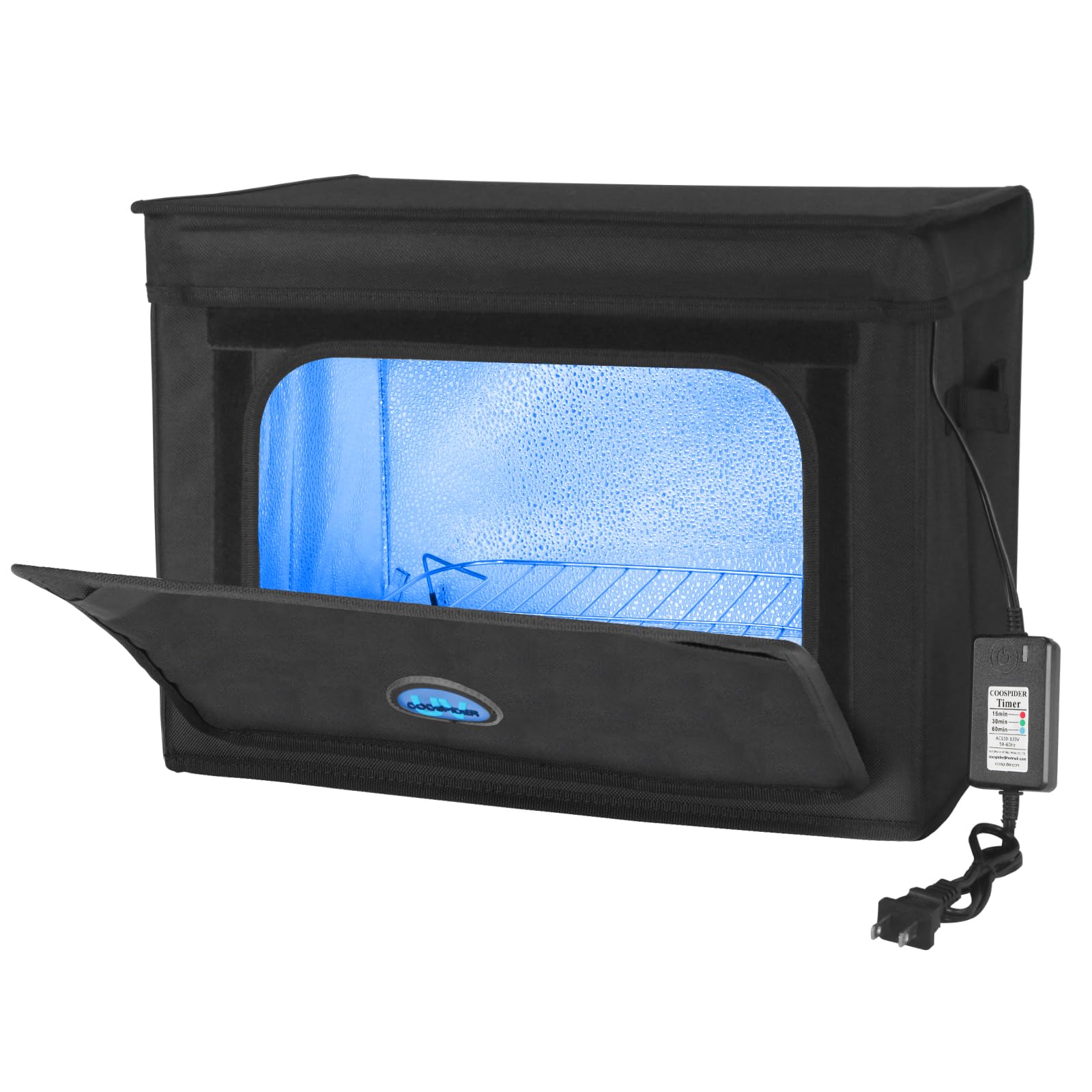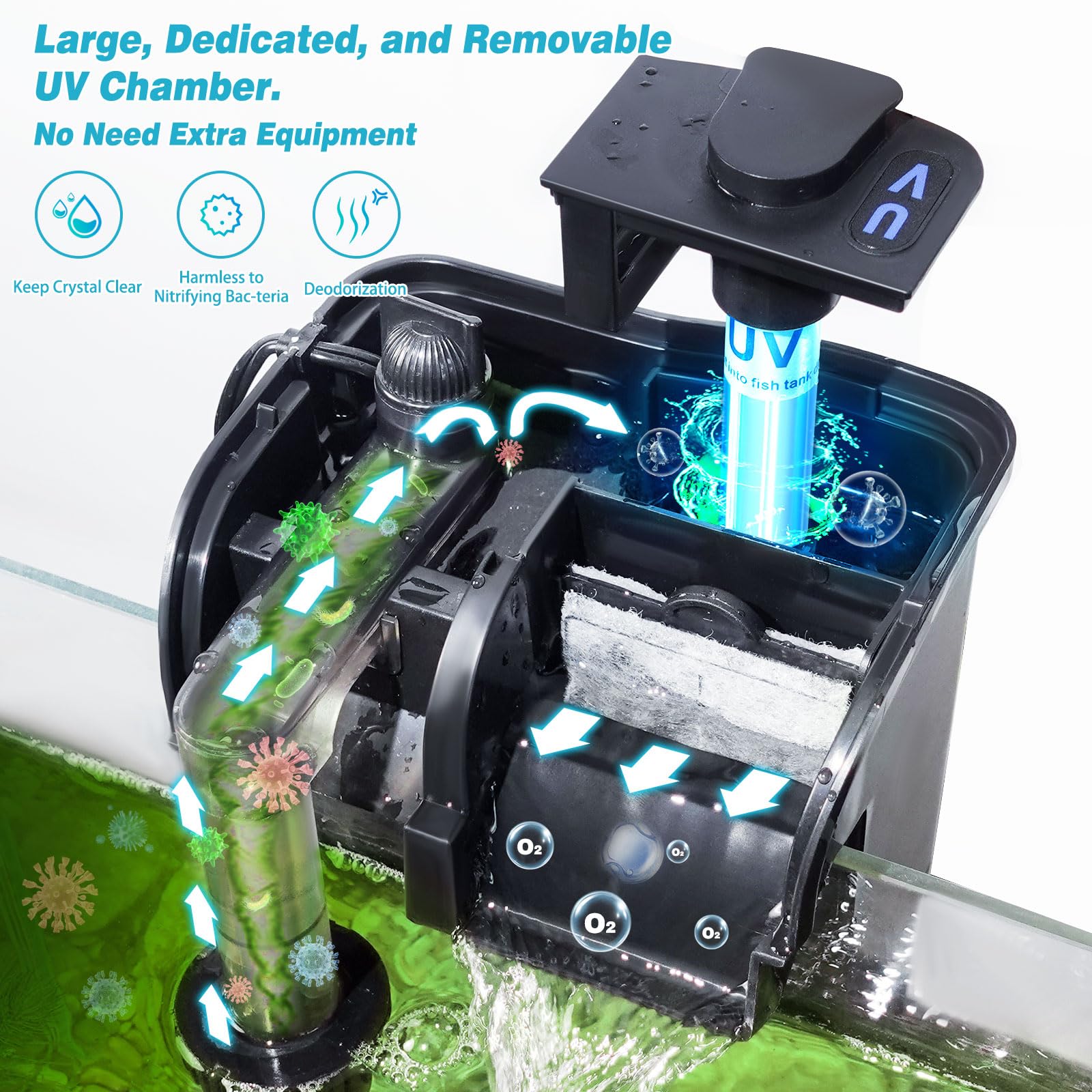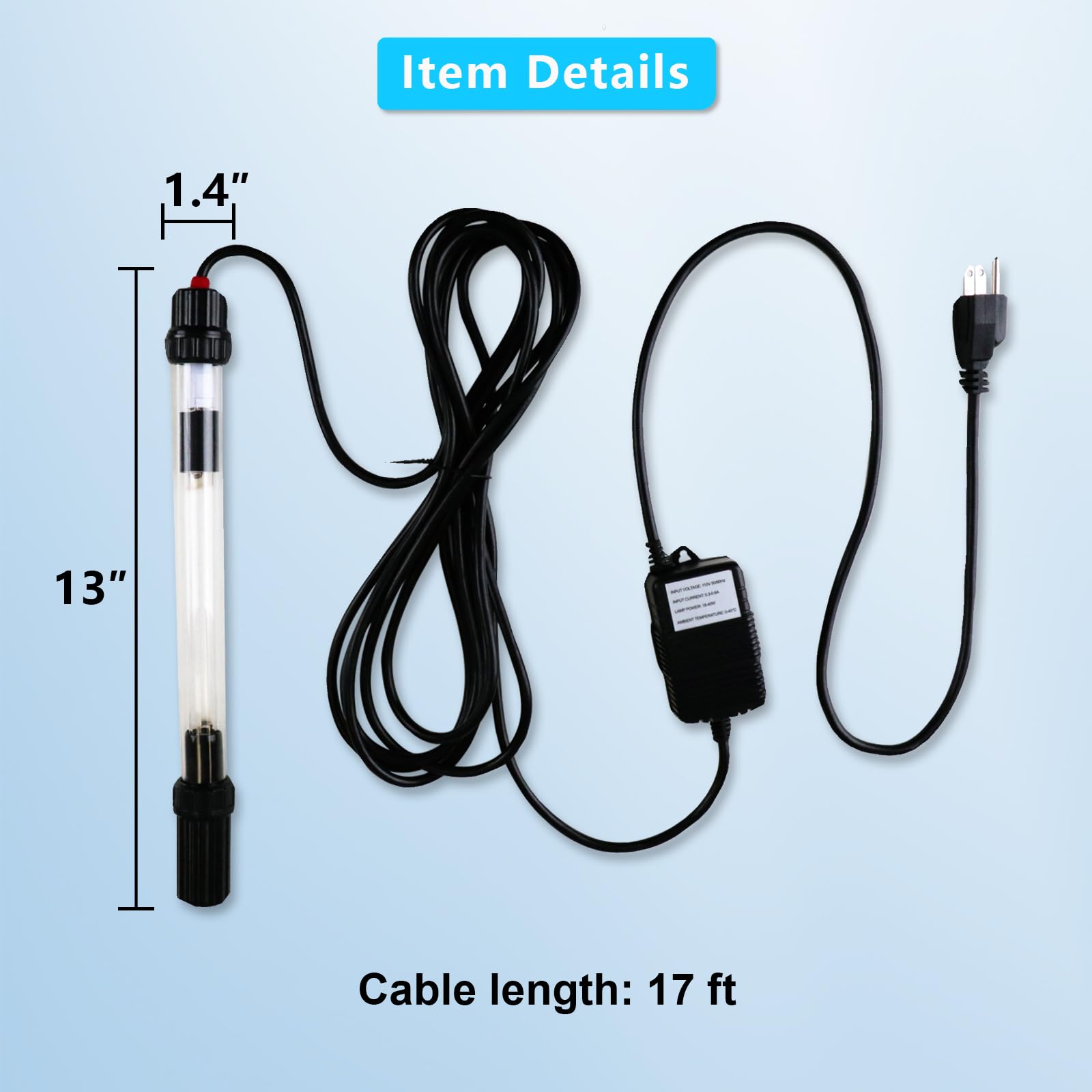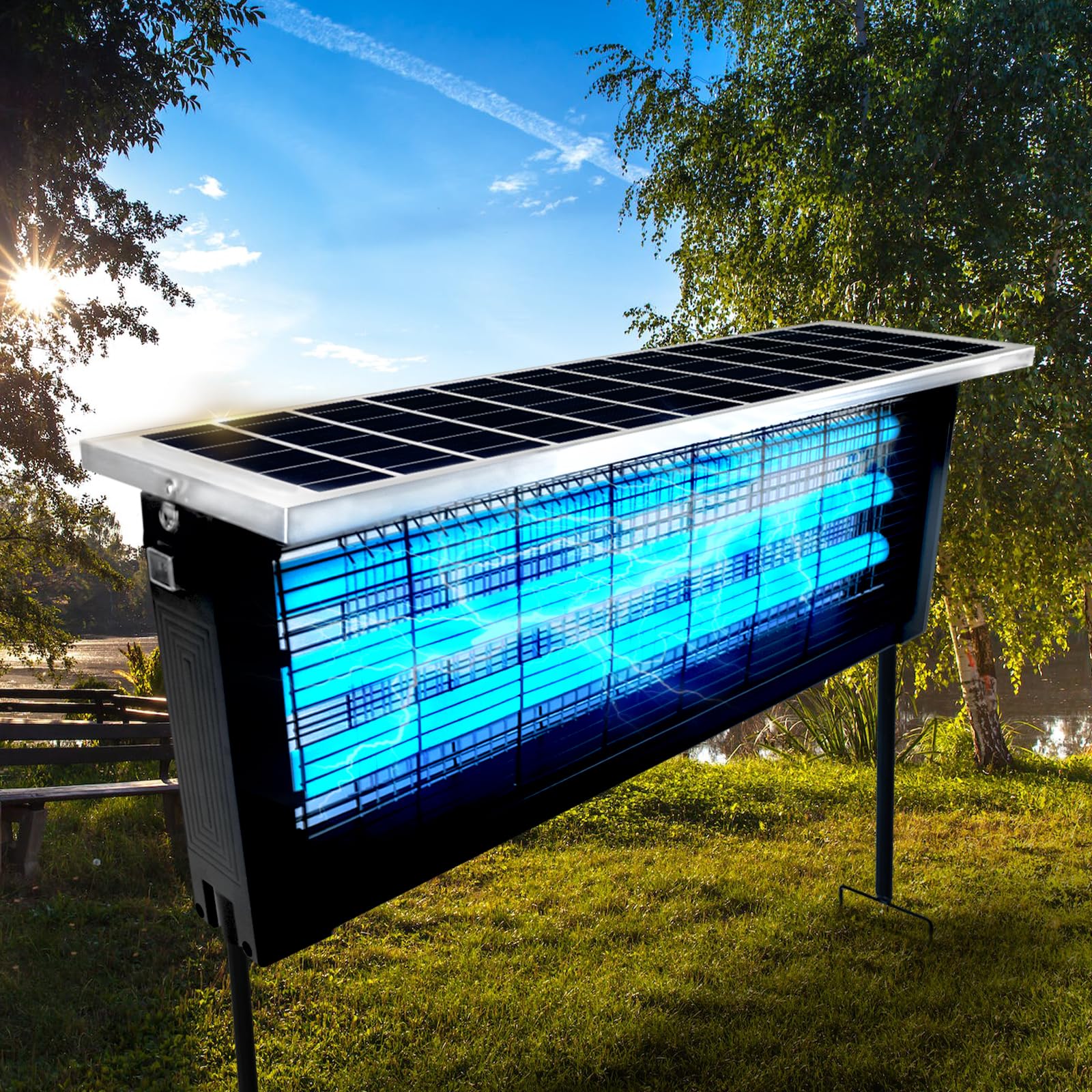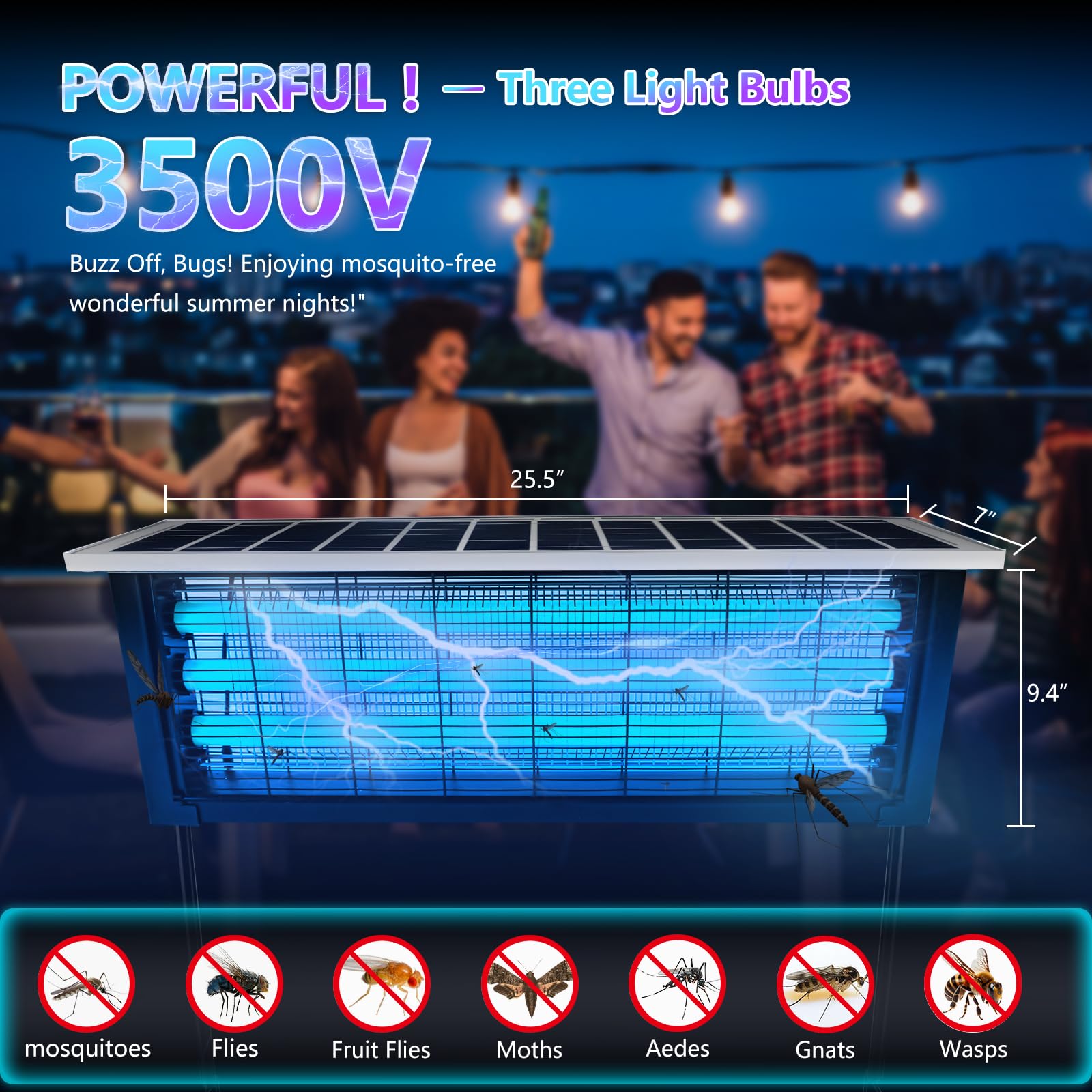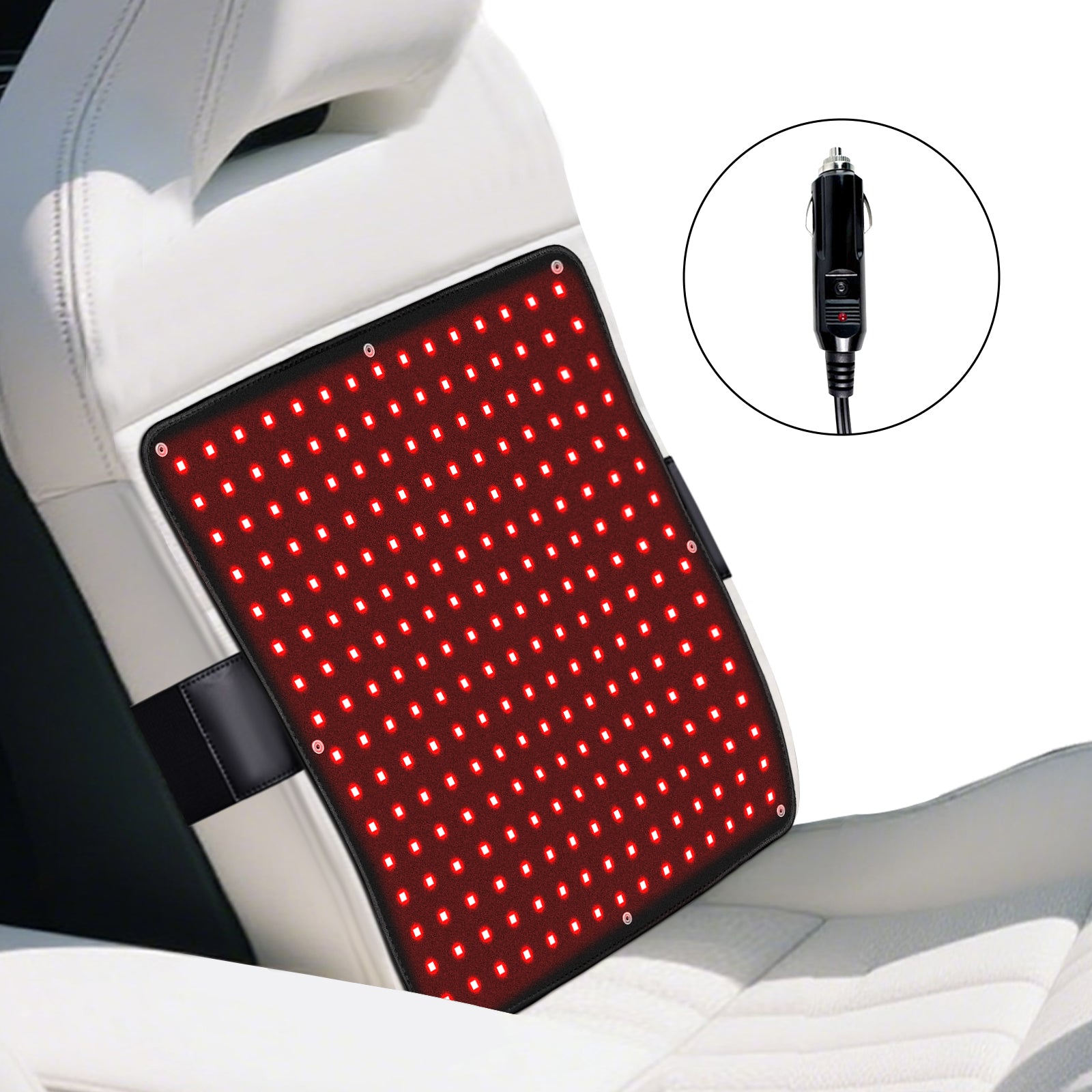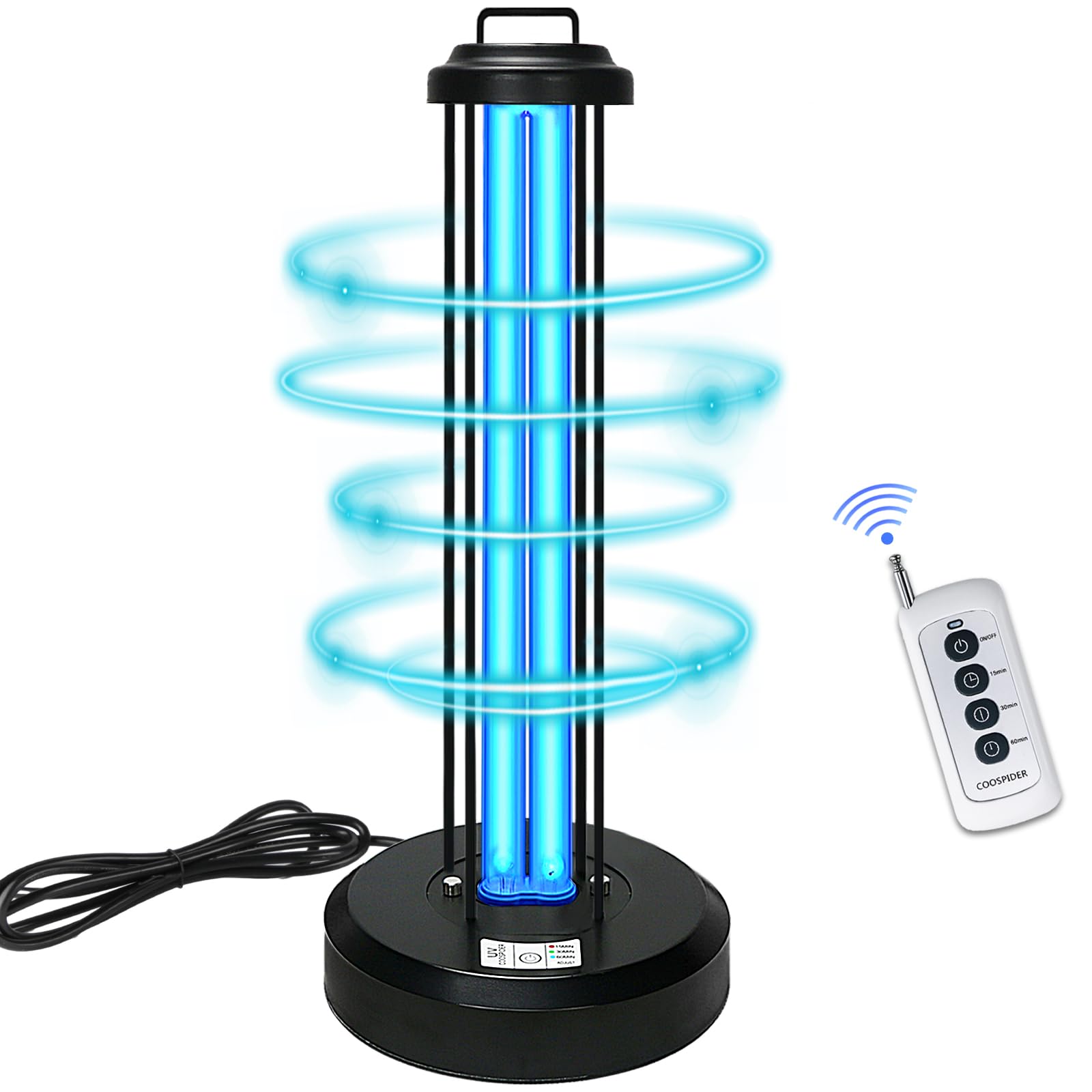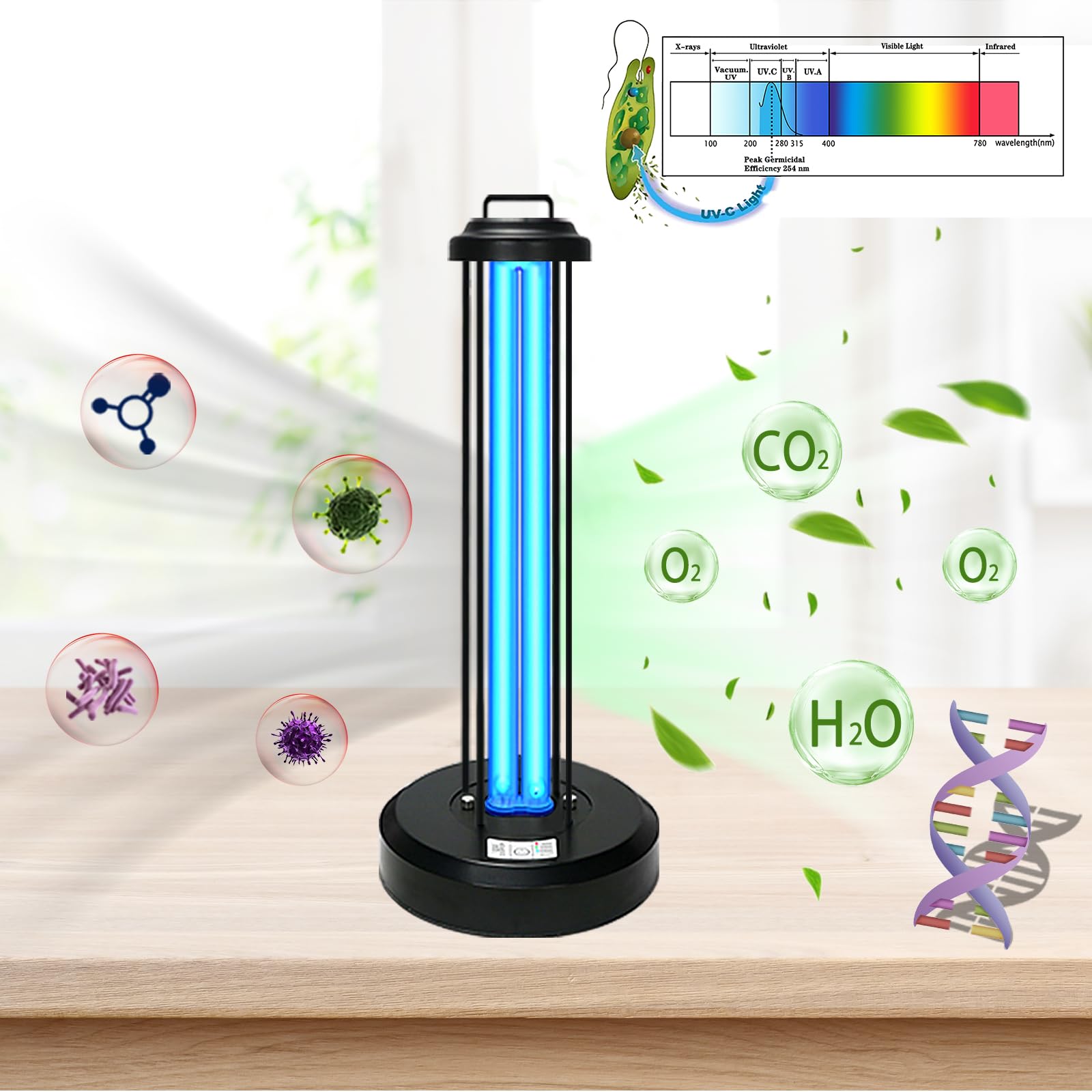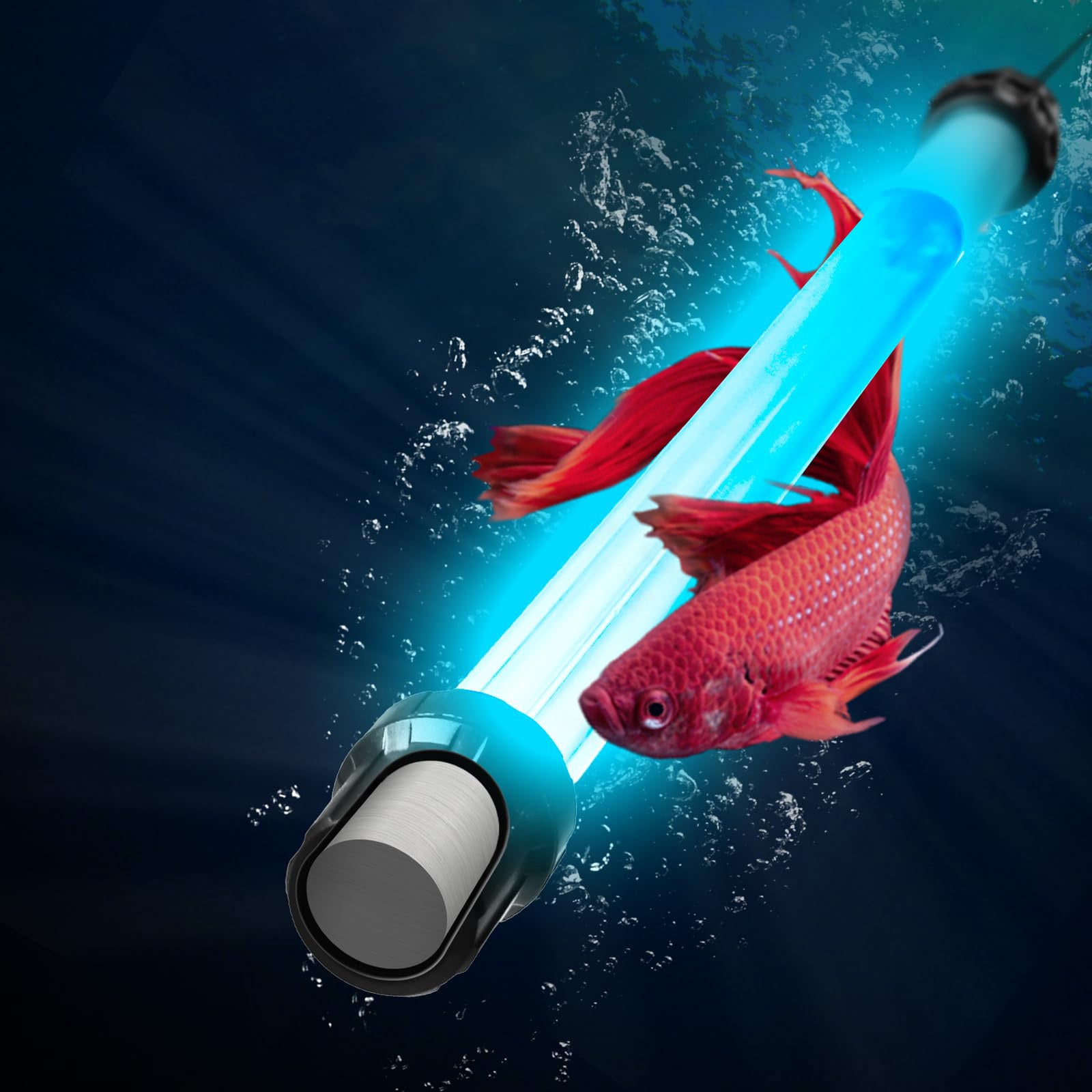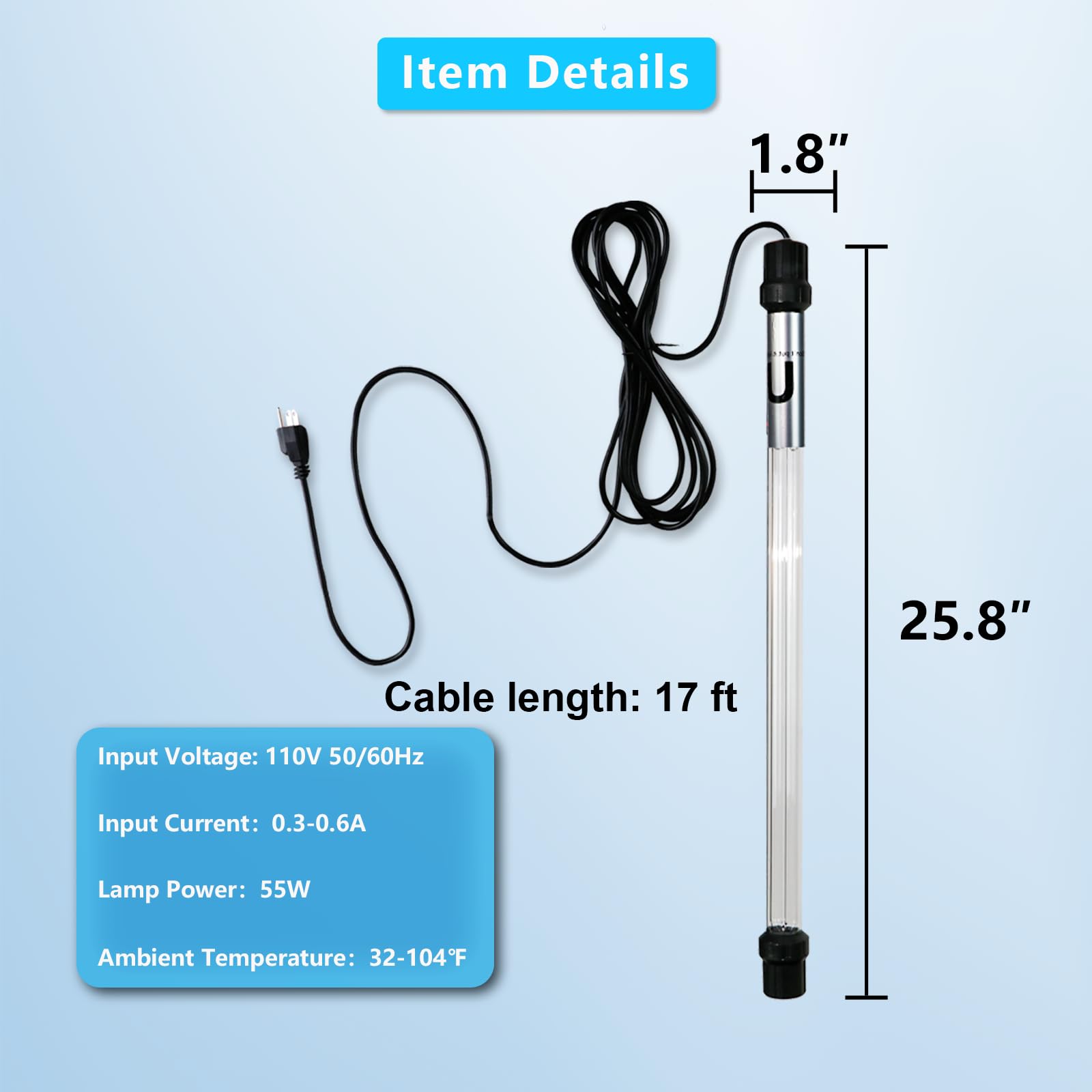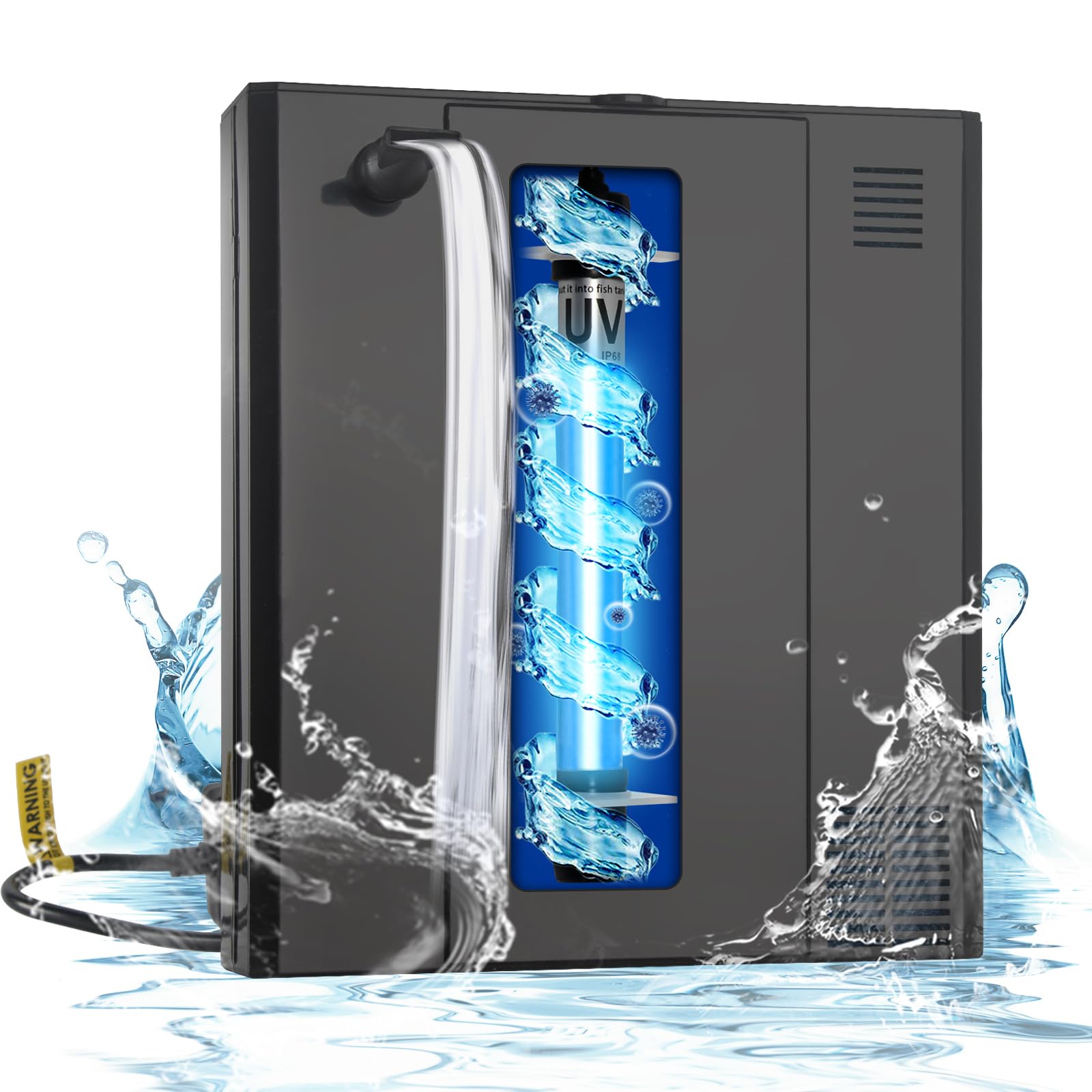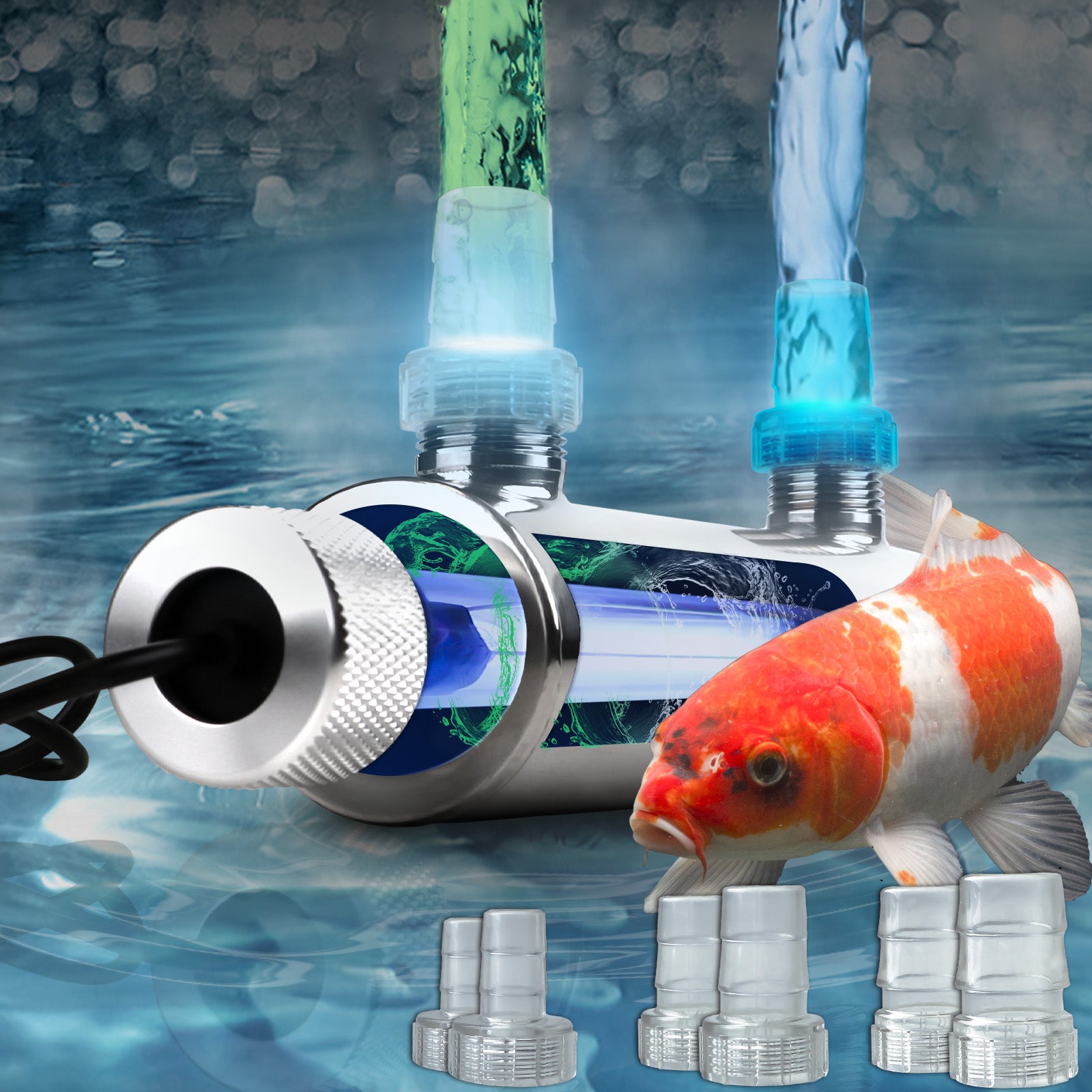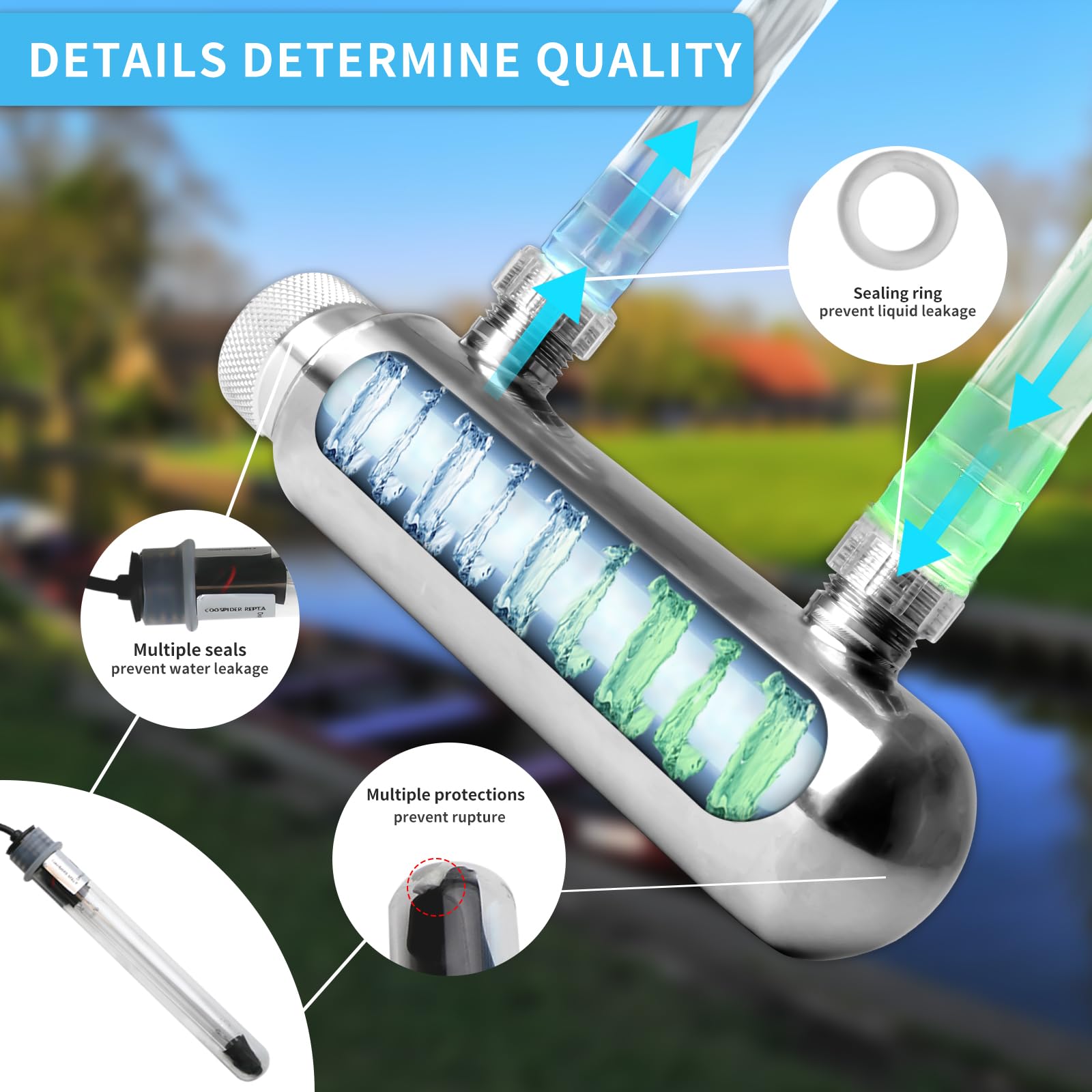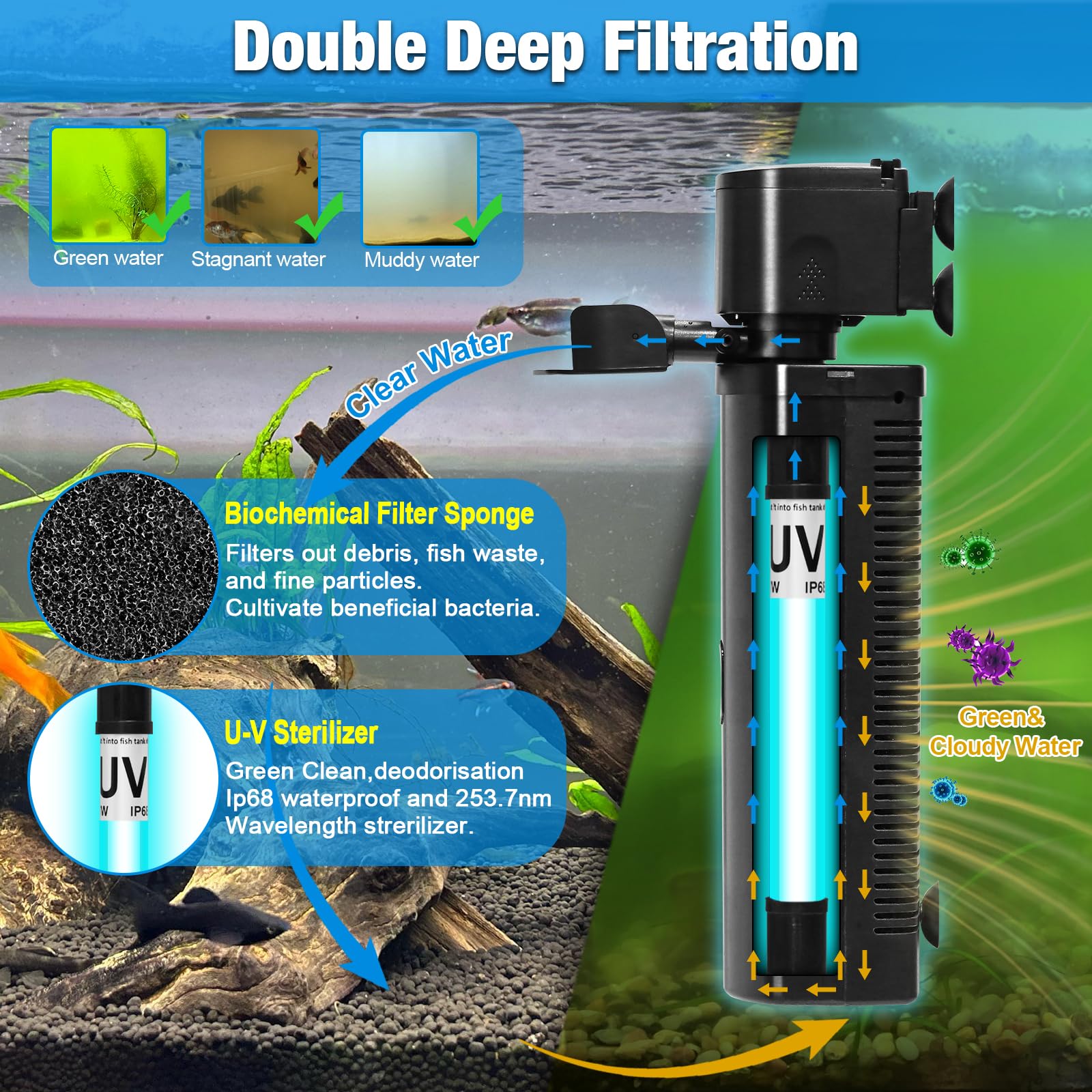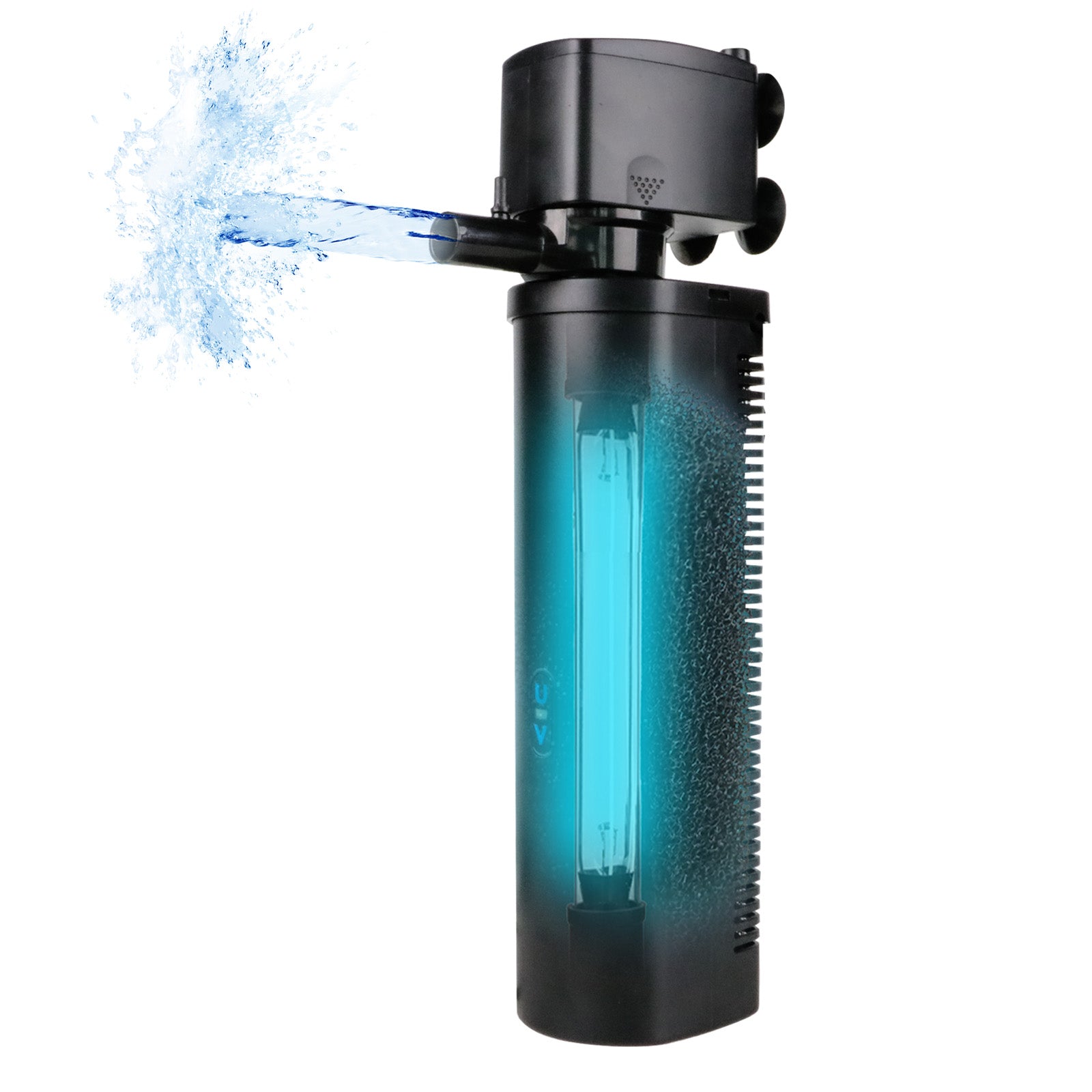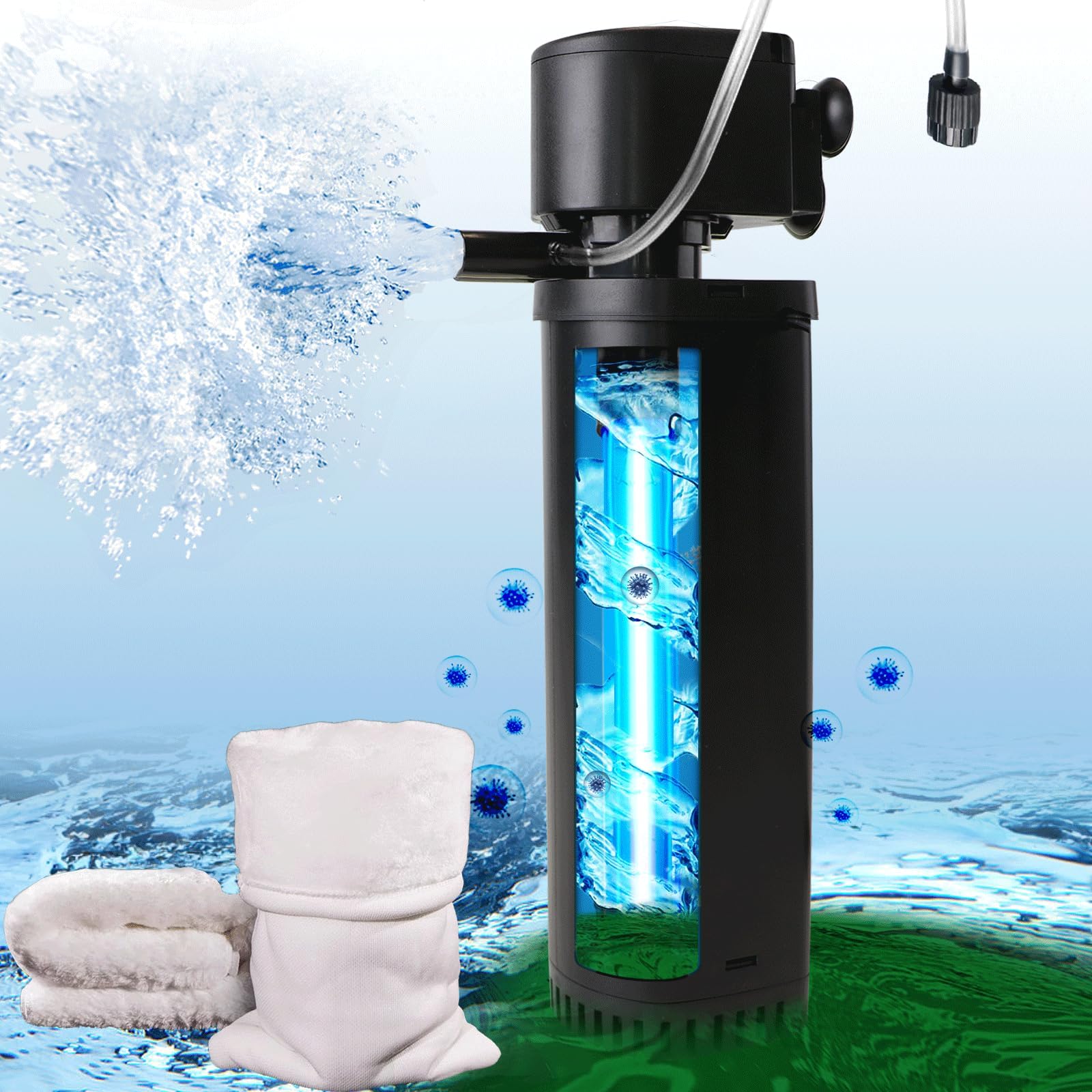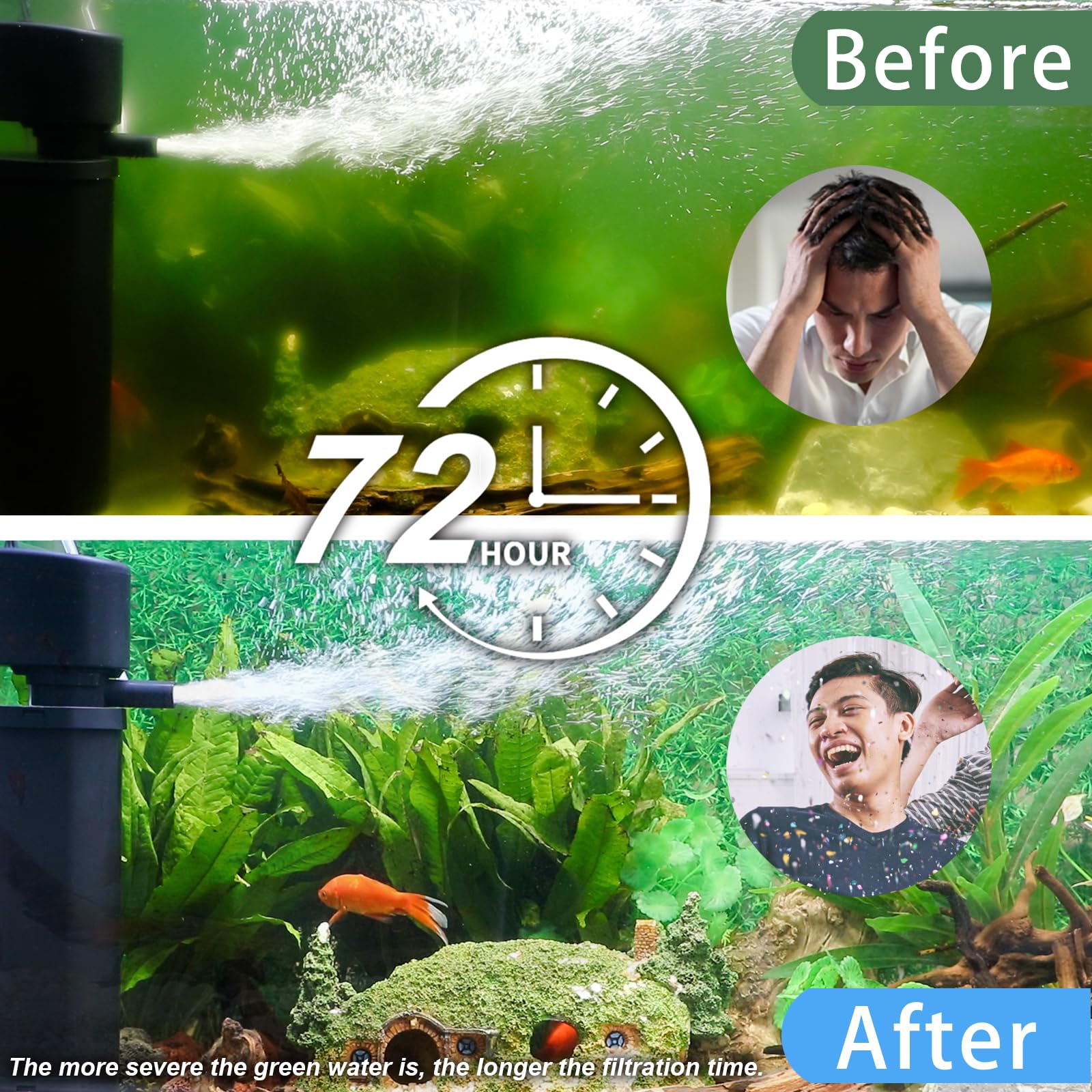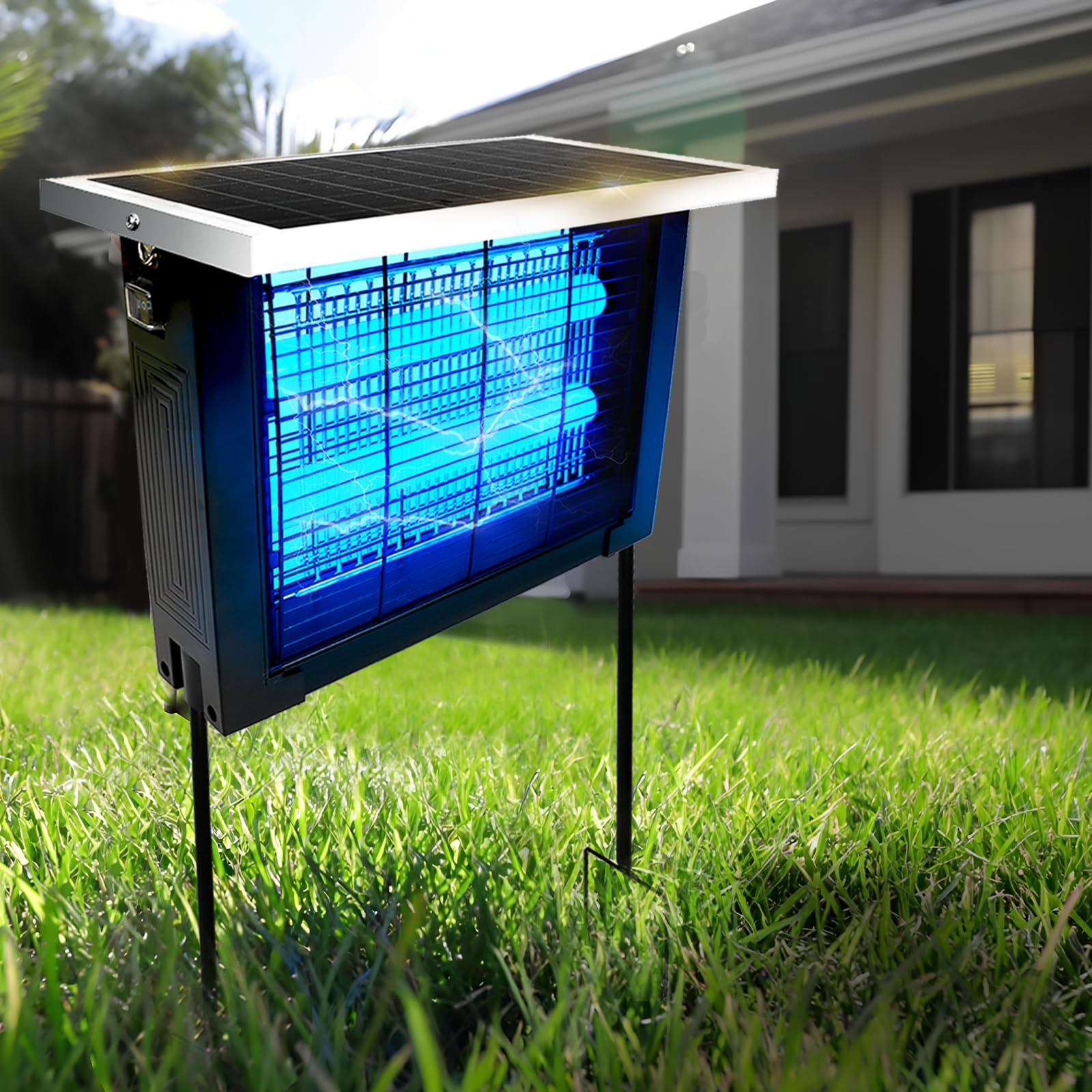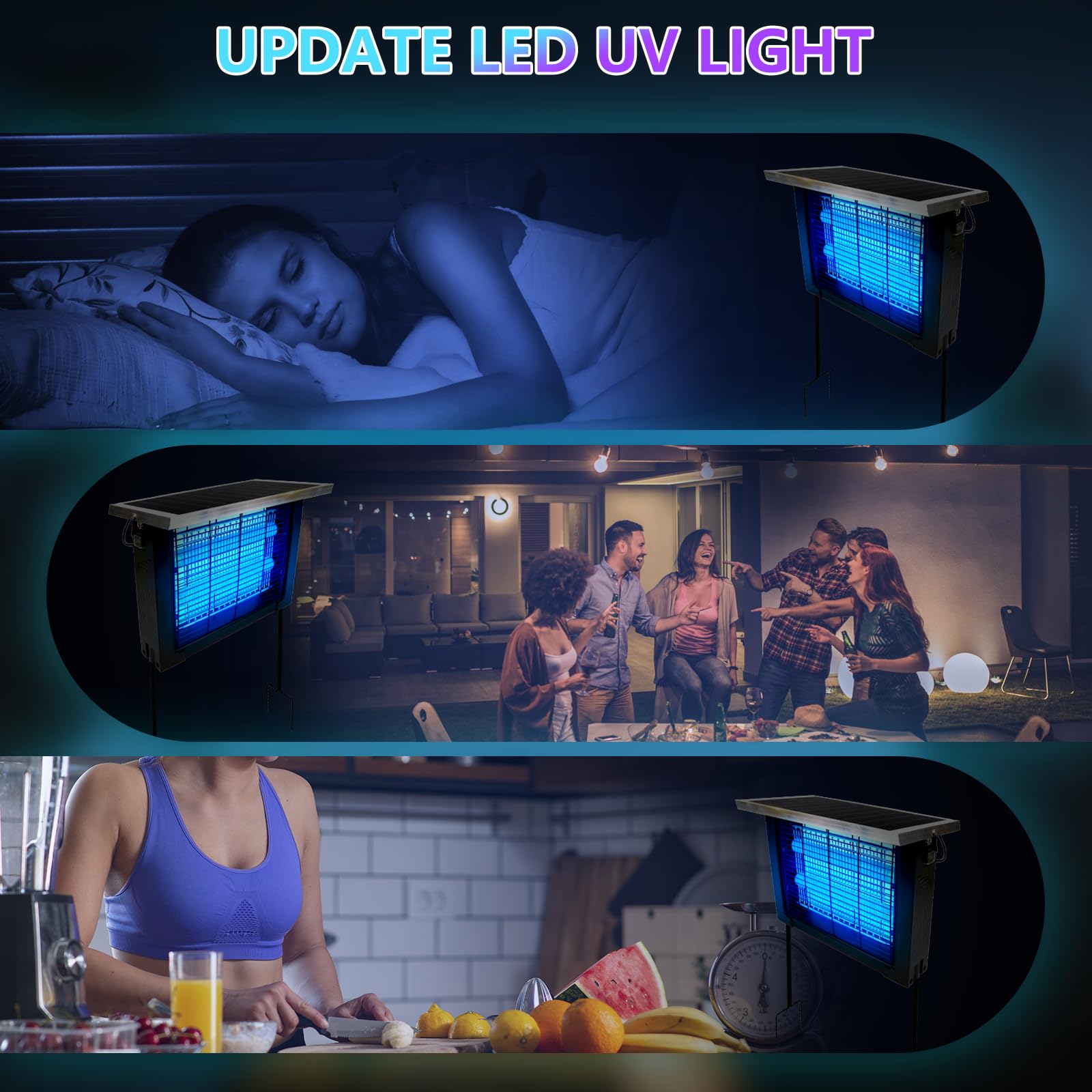Lighting is one of the most powerful creative tools in both photography and stage production. Whether you're shooting a portrait, directing a music concert, choreographing a dance performance, or setting up a dramatic theatrical scene, the right lighting determines the mood, the clarity, the emotion, and even the storytelling power of your work.
While cameras, lenses, and visual composition often get the most attention, it’s lighting that creates the atmosphere audiences feel before they understand what they’re seeing. In many situations, lighting is the difference between a forgettable scene and a breathtaking one.
This comprehensive guide explores the theory, technology, techniques, and creative strategies behind photography lighting and stage lighting. You'll learn how to build ambiance, how to use color, contrast, and direction to your advantage, and how to optimize your equipment for consistent, professional results.
1. Why Lighting Is the Soul of Visual Art
Lighting shapes visual perception. It guides the viewer’s focus, builds emotional tone, and defines how subjects and environments are perceived.
1.1 Lighting Creates Mood
Different lighting styles affect emotion:
-
Soft, diffused lighting → calm, romantic, peaceful
-
Harsh, high-contrast lighting → dramatic, intense, edgy
-
Color-rich lighting → artistic, imaginative, energetic
-
Warm lighting → cozy, nostalgic
-
Cool lighting → distant, modern, eerie
Mood matters in every type of visual production—from fashion photography to ballet stages to live concerts.
1.2 Lighting Directs Attention
Human eyes are naturally attracted to brightness. Lighting helps:
-
Highlight subjects
-
Separate the foreground from the background
-
Emphasize specific movements or facial expressions
-
Control what audiences notice
-
Conceal elements you don’t want to highlight
This is especially important in stage lighting, where visibility of performers depends entirely on light placement.
1.3 Lighting Brings Texture & Depth
Light direction emphasizes shape:
-
Side lighting enhances texture
-
Backlighting creates silhouettes and depth
-
Front lighting flattens features
-
Top lighting can create dramatic lines
In photography, depth creates realism. On stage, depth makes a performance visually dynamic.
2. The Science of Lighting: Quality, Direction, and Color
To create the perfect atmosphere, you need to understand the fundamental elements of lighting.
2.1 Light Quality: Soft vs Hard
Soft Light
-
Wraps around a subject
-
Minimizes shadows
-
Produces flattering skin tones
-
Used for portraits and cinematic scenes
Soft light often comes from:
-
Softboxes
-
Diffusers
-
Reflectors
-
Overcast skies
Hard Light
-
Sharp, defined shadows
-
Strong contrast
-
More dramatic and edgy
-
Highlights textures
Common in:
-
Stage spots
-
Sunlight
-
Undiffused LED or tungsten lights
Both types can create “perfect atmosphere” depending on the creative goal.
2.2 Light Direction and Its Effects
Front Lighting
-
Even, predictable
-
Minimizes texture
-
Good for beauty, interviews, live-streaming
Side Lighting
-
Adds shape and drama
-
Good for artistic portraits and stage storytelling
Back Lighting
-
Creates silhouettes
-
Adds depth
-
Used in concert rituals and dramatic stage reveals
Top/Down Lighting
-
Creates strong shadows
-
Creates authority or tension
-
Common in theater for interrogation scenes or dramatic monologues
Up Lighting
-
Rare in photography
-
Dramatic and eerie
-
Perfect for haunted house stages or Halloween themes
2.3 Light Color and Temperature
Light temperature affects atmosphere:
-
Warm (2700K–3500K) → cozy, nostalgic, romantic
-
Neutral (4000K–5000K) → natural, balanced
-
Cool (5500K–6500K) → clinical, futuristic
Colored lighting is even more expressive:
-
Red → passion, anger, danger
-
Blue → calm, melancholy
-
Green → sci-fi, surreal
-
Purple → luxury, fantasy
-
Amber → warmth and theatrical realism
Photography uses color to set tone. Stage lighting uses color to control story, emotion, and scene transitions.
3. Photography Lighting: Building Atmosphere Behind the Camera
Photography lighting has its own rules and creative methods. Let’s break down the essential components.
3.1 Key, Fill, and Back: The Classic Three-Light Setup
This standard setup creates depth and structure.
Key Light
-
Main light source
-
Defines the subject’s shape
Fill Light
-
Reduces shadows
-
Balances exposure
-
Should be weaker than the key light
Back Light (Hair Light)
-
Separates subject from background
-
Adds dimension and polish
Even beginners can create professional results using this classic formula.
3.2 Beauty Lighting: Soft, Even, Flawless
Beauty photographers use:
-
Large softboxes
-
Ring lights
-
Diffusers
-
Reflectors
These tools minimize imperfections and create glowing skin tones.
3.3 Cinematic Lighting: Contrast, Mood, and Atmosphere
Cinematic photographers focus on:
-
Controlled shadows
-
Color contrast (teal–orange, red–blue)
-
Edge lighting
-
Motivated lighting (light appears realistic in the scene)
Cinematic style is more dramatic and emotional.
3.4 Natural Light Photography
Sunlight is free and powerful.
Golden Hour
-
Soft, warm, magical
-
Perfect for romantic and lifestyle shoots
Blue Hour
-
Cool, atmospheric, moody
-
Amazing for architecture and street portraits
Midday Sun
-
Harsh, contrasty
-
Best for strong, edgy portraits
Natural light is limited only by your creativity.
3.5 Studio Lighting Tools Every Photographer Should Know
-
Softboxes → soft, controlled light
-
Umbrellas → broad, soft coverage
-
Beauty dishes → crisp, glamorous highlights
-
Gels → add color to light
-
Barn doors → control light spill
-
LED panels → versatile and cool-running
-
Strobes → powerful flashes for freezing action
4. Stage Lighting: Design, Technology, and Atmosphere
Stage lighting is both an art and a technical science. It shapes mood, enhances visibility, and supports storytelling.
4.1 The Goals of Stage Lighting
-
Illuminate performers
-
Set emotional tone
-
Support choreography and blocking
-
Create transitions
-
Highlight important actions
-
Build dramatic tension
-
Add spectacle (especially in concerts)
Stage lighting is a storytelling device, not just illumination.
4.2 Key Types of Stage Lighting Fixtures
1. Spotlight (Follow Spot)
-
Tracks performers
-
Creates intense focus
-
Ideal for solos, speeches, singers
2. Fresnel Lights
-
Soft-edged beams
-
Perfect for general washes
3. Ellipsoidal Reflector Spotlights (Lekos)
-
Sharp beams
-
Used for patterns, gobos, defined highlights
4. Moving Head Lights
-
Programmable motion
-
Used heavily in concerts
-
Can change color, angle, shape
5. PAR Cans
-
Basic but versatile
-
Great for stage washes
6. Floodlights & LED Panels
-
Fill light
-
Background color changes
7. Lasers, Strobes & Hazers
-
Create special effects
-
Used in EDM, clubs, festivals
Each tool shapes the atmosphere differently.
5. Using Color to Build Emotional Atmosphere on Stage
Stage color is powerful:
Warm Colors for Comfort & Realism
-
Orange, amber, warm white
Cool Colors for Calm & Tension
-
Cyan, blue
Bold Colors for Energy
-
Red, purple, green
Multi-Color Blends for Depth
Using complementary colors can create layered emotional effects.
6. Techniques for Blending Photography and Stage Lighting
Some productions—concerts, theatre photography, dance recitals—require lighting that works for both live audience and camera.
6.1 Avoid Harsh Light on Skin
High-contrast lights exaggerate wrinkles and pores on camera.
6.2 Backlighting Adds Drama
Stage backlights also help photographers capture silhouettes and motion.
6.3 Keep Light Levels Consistent
Fluctuating stage lights can cause:
-
Blown highlights
-
Underexposed photos
-
Flicker in video
DMX programming helps stabilize lighting patterns.
6.4 Use Fog & Haze Wisely
Haze makes beams visible.
Fog creates dense atmosphere.
Photographers love haze because it enhances depth.
7. Common Lighting Mistakes and How to Fix Them
Mistake 1: Too Much Light
Overexposure destroys atmosphere.
Fix? Reduce power, add diffusion, change direction.
Mistake 2: Flat, Boring Lighting
No dimension = no emotion.
Fix? Add backlights, side lights, or contrast.
Mistake 3: Wrong Color Mix
Clashing colors confuse the scene.
Fix? Use color harmonies (e.g., complementary pairings).
Mistake 4: Gear Overload
More lights ≠ better results.
Fix? Use fewer lights more intentionally.
Mistake 5: Ignoring Shadows
Shadows are part of atmosphere.
Fix? Shape shadows strategically.
8. Matching Lighting to Different Artistic Styles
Here are examples of how lighting builds atmosphere for specific creative genres:
8.1 Portrait Photography
Goal: flattering skin, clear features
Lighting: soft, warm, glowing
Tools: softbox, beauty dish, reflector
8.2 Dramatic Stage Theatre
Goal: emotion, tension
Lighting: hard, directional, moody
Tools: ellipsoidal, gobos, side lighting
8.3 Concert Lighting
Goal: energy and movement
Lighting: colorful, dynamic, moving
Tools: lasers, strobes, moving heads, haze
8.4 Dance Photography
Goal: motion, form, grace
Lighting: side lighting for muscle definition
Tools: backlight + soft fill
8.5 Product Photography
Goal: clarity and detail
Lighting: controlled, even, shadow-shaped
Tools: diffusers, flags, reflectors
9. Choosing the Right Lighting Equipment
Budget Level 1: Beginner
-
LED panels
-
Umbrella softbox
-
Basic spotlight
-
Entry-level PAR lights
Budget Level 2: Intermediate
-
Studio strobes
-
Fresnels
-
Advanced RGB LED panels
-
Moving heads
Budget Level 3: Professional
-
DMX control systems
-
High-CRI studio LEDs
-
Motorized lights
-
Professional haze generators
Your budget determines flexibility, but creativity matters more than gear.
10. How to Build the Perfect Atmosphere: Practical Lighting Setups
Here are some ready-to-use lighting setups to help you create professional atmosphere instantly.
10.1 Romantic Atmosphere Setup
Photography:
-
Key light through softbox
-
Warm backlight
-
Low fill
Stage: -
Amber wash
-
Soft downlights
-
Minimal shadows
10.2 Dramatic Cinema Setup
Photography:
-
Hard key from the side
-
Deep shadows
-
Blue backlight
Stage: -
Narrow spotlight
-
Fog to reveal beams
-
Color contrast (blue + orange)
10.3 High-Energy Concert Setup
Stage:
-
Moving heads
-
Rapid color transitions
-
Strobe bursts
Photography: -
Use backlighting
-
Capture silhouettes
10.4 Clean, Professional Lighting Setup
Photography:
-
Even, neutral white
-
Soft key + fill
Stage: -
No harsh shadows
-
Balanced color temperature
Perfect for corporate or documentary work.
11. Final Thoughts: Lighting Is the Art of Atmosphere
Whether you’re capturing a portrait, shooting a music video, directing a live performance, or designing stage lighting for theater, lighting is the foundation of atmosphere.
Great lighting is:
-
Intentional
-
Emotional
-
Story-driven
-
Technically sound
-
Artistically expressive
The more you understand how light behaves—how it interacts with surfaces, colors, people, and motion—the more control you have over the experience you create.
Lighting isn’t just a technical skill.
It’s a language.
It’s emotion.
It’s storytelling.
It’s the invisible hand guiding the audience’s feelings.
Master lighting, and you’ll master atmosphere.

